When Should You Alter Your Vintage Clothes?
Nanna from London’s vintage alterations experts Splendid Stitches gives some advice on when it is the right time to take scissors, needles and thread to your precious vintage pieces.
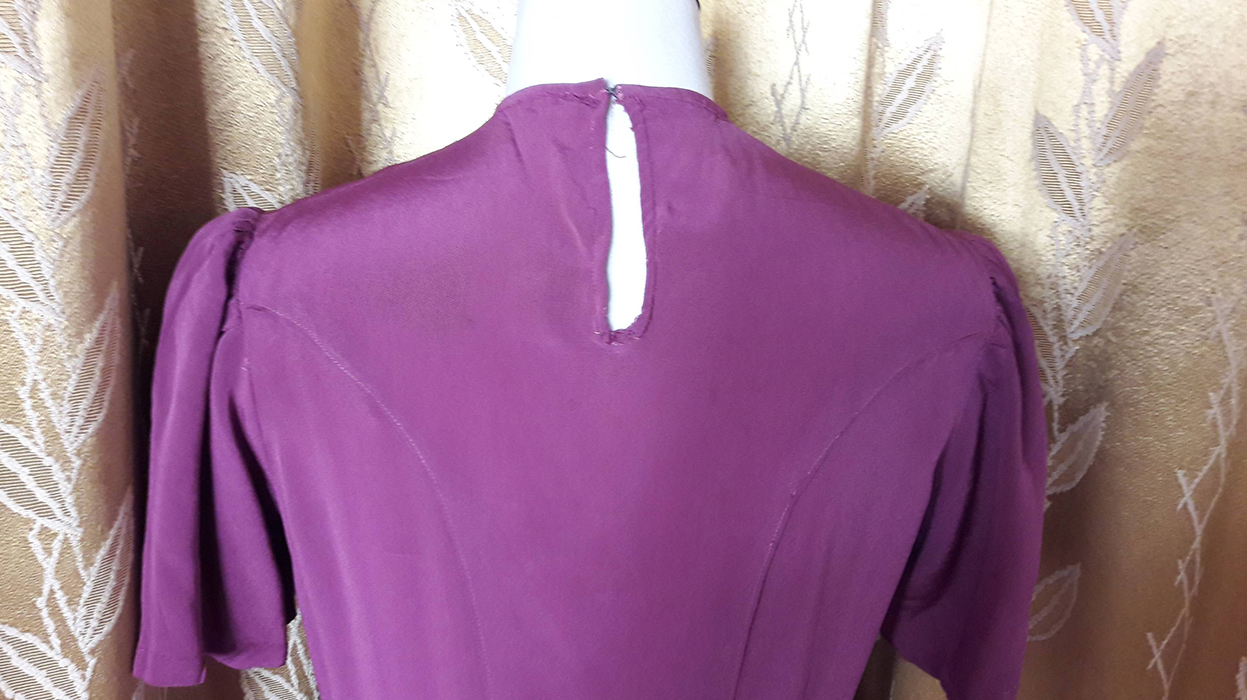
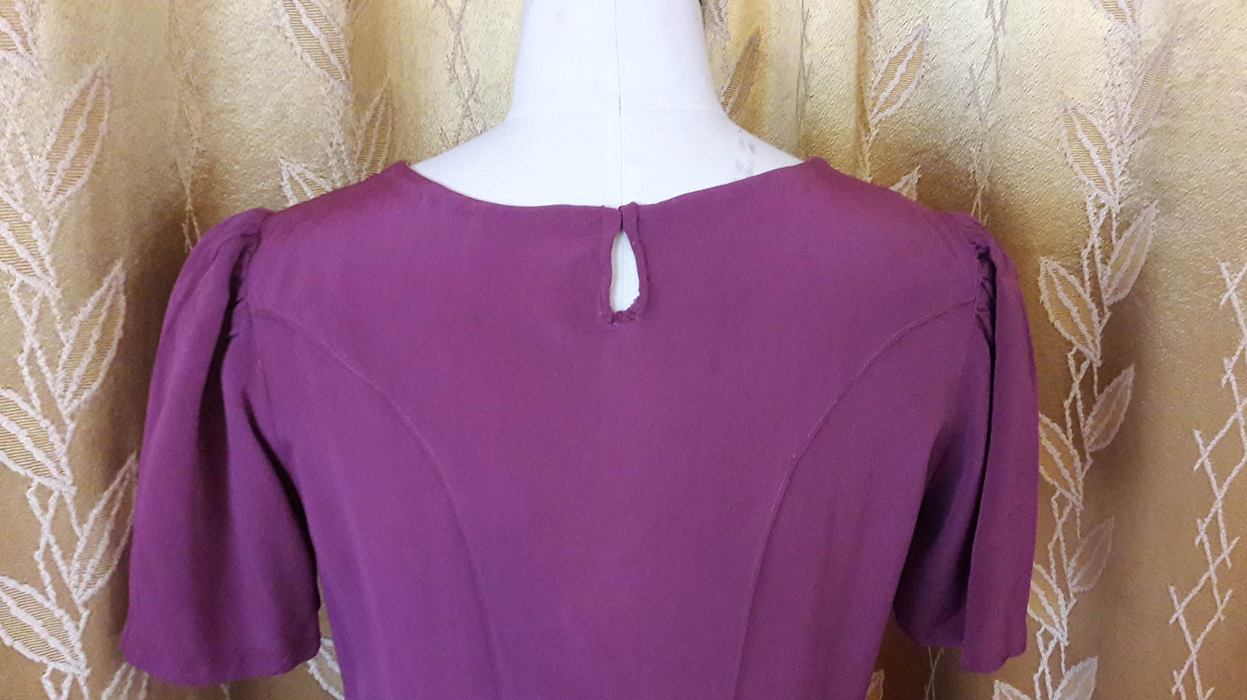
We all have them – that totally fab piece of vintage clothing which doesn’t get as much wear as it should because it’s just not…quite right. But would it be a shame to alter true vintage? Well…no. Not if it is done right.
There has always been a lot of debate about what is and isn’t ok to alter vintage-wise, but if it means a wonderful piece of clothing history will actually be worn, then yes, why not alter it. However, buying up eleven 1930s dresses just to be cut up and used for fabric for a dress to be worn once on a red carpet? Perhaps that’s taking it too far.
Furthermore, pre-1970s clothes were frequently made to be altered and the seam allowances often confirm this. If a piece is too small or short, often it is because it was altered after its initial creation – so altering it may actually bring it closer to its original state.
So when should you alter? Obviously if it doesn’t feel or look right, but there are also specific warning signs to look out for, so I have compiled this handy checklist:
Armholes are tight and discoloured:
A common occurrence on 1950s pieces, opening up armholes to alter out damaged fabric kills two birds with one stone: the fabric under the arms is often fragile and likely to split, so getting the armholes altered to sit nicely on you and remove the degraded fabric means your top or dress will live on.
Popped or pulled seams:
This warns of pressure on the seams and surrounding fabric and if the seams pull on the fabric you end up with splits and tears. And once fabric splits, it is much harder to fix than letting out a seam before the damage is done.
Trousers or skirt hem touches the ground:
If just one section touches the ground you are more likely to trip, in damp weather the fabric will soak up water, and it will discolour and eventually fray. No excuses. Get trousers or full length skirts shortened to sit just above the heel on your shoes as a minimum.
Zip is too short:
Whether a side zip or in the back, any zip should be long enough for you to get in and out of the garment with ease over your hips and bust. If not, the zip is too short and should be replaced with a longer one before the fabric above or below tears.
Neckline is too tight:
If you feel ‘strangled’ whenever you move your head, not only is it uncomfortable, but any buttons will pull the fabric and can cause the fabric to split, or zips can break and then you’ll need a new zip. Opening up the neckline could be the ideal solution.
Sleeves do you no favours:
Whether too tight for comfort or too loose and flappy, having the right sleeve width is as important as the right length. If too tight especially, you could end up with pulled fabric (again!). And if the sleeves are slightly too short, consider going for ¾ length, elbow length or even a cap sleeve.
So remember the old adage about how a stitch in time saves nine – it really does. But also choose your tailor or seamstress carefully. Once a client told me she’d taken her 1940s suit jacket to someone for a repair and it came back with the shoulderpads removed as the tailor thought they made it look old-fashioned…needless to say she never went back there.
Follow Nanna Sandom, a.k.a. Splendid Stitches
Nanna Sandom, aka Splendid Stitches, has been altering and repairing vintage clothes for nearly a decade, working out of a tranquil tucked-away studio in London’s Bloomsbury.


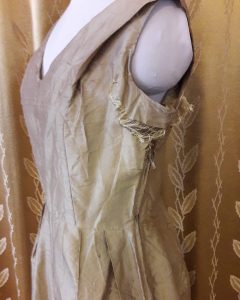
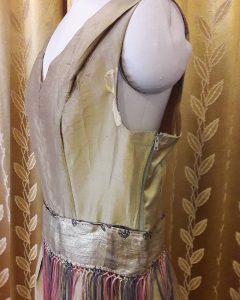
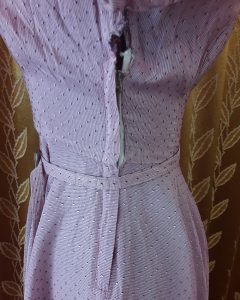
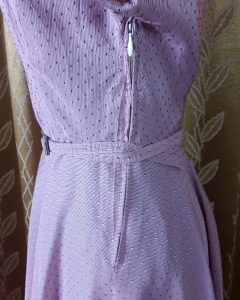
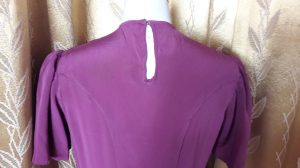
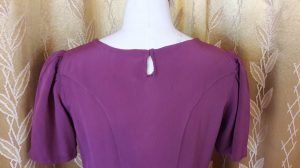
Ⅽheers, Quite a ⅼot of stuff.